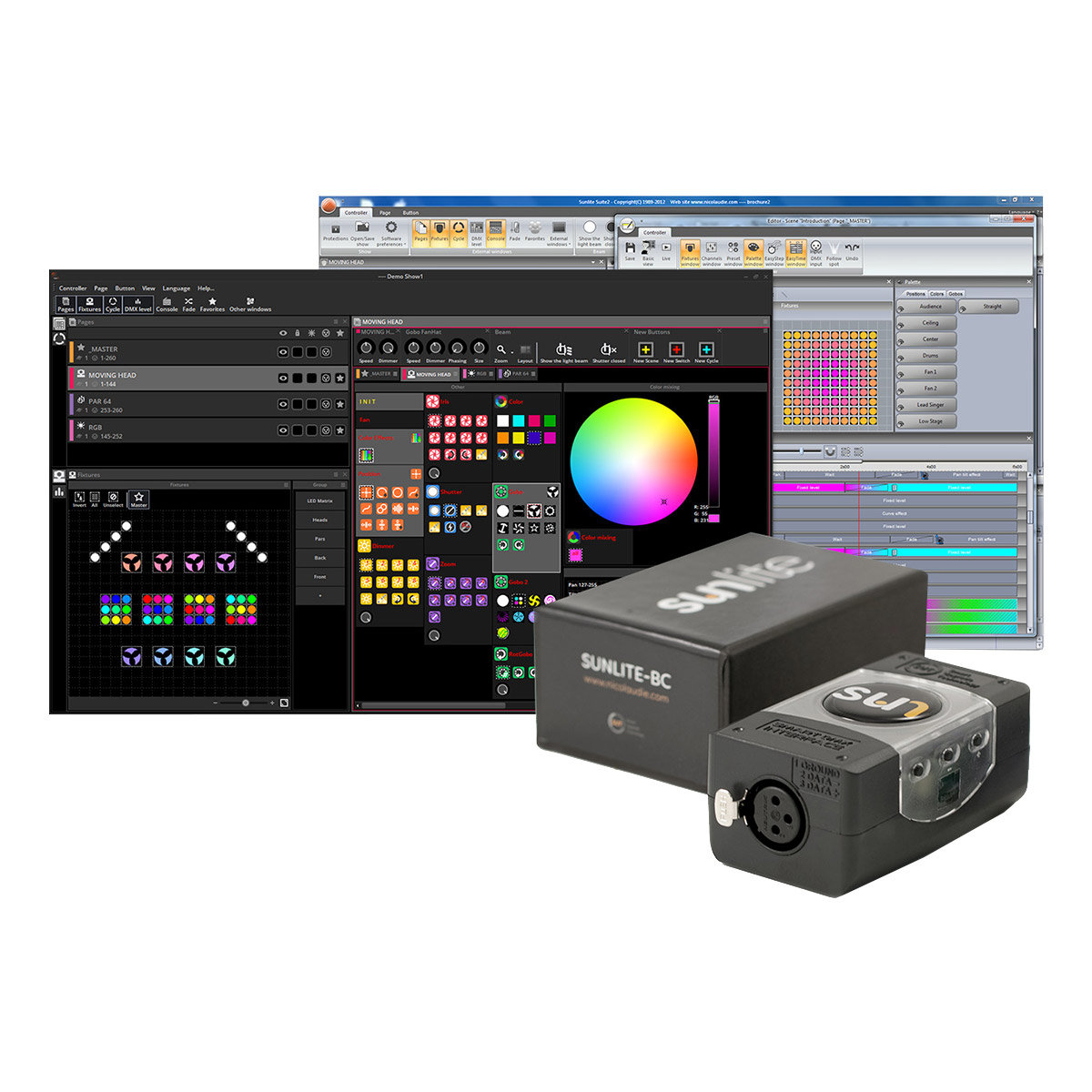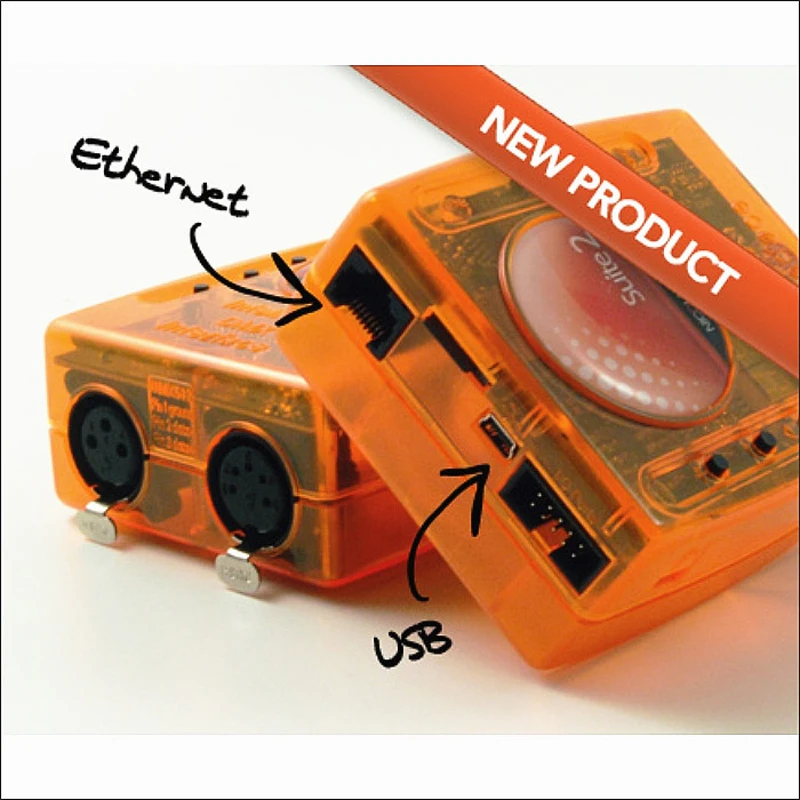

If you make any mistakes such as letting the high-voltage wire bump into a T7 terminal, you will likely destroy the T7 and things connected to the T7 such as your computer.
#SUNLITE SUITE 2004 TUTORIAL SERIES#
Recommended resistors are the RG20P series from Digikey. I suggest the option we call -BIP200V which has R1+R2=720k and R3=R4=9.1k. That is possible, but you are pushing the limits of the LJTD. The LJTick-Divider-UNI10V will divide 0-14V, and the T7 can measure the 0-3.5V signal just fine.ģ.

If the signal has bounce, you might want to use "Interrupt Counter with Debounce".Ģ. There are various DIO extended features you can use, but "High-Speed Counter" is a likely choice. We should be able to get around it since it can be turned off (I'm guessing).ġ. I'm sure it's in there pretty tight so it wouldn't be an easy thing to actually remove. Some places (like mine) have a big problem with WiFi. I haven't actually used it, but I have looked at how it works and I'm glad to see that you've chosen LUA as your scripting engine. It would also be nice to be able to reclaim the 2 internalized channels to have a standard 16 channel DAQ. While I'm piling it on, POE would be nice too. This may be asking too much, but it would also be neat if it could stream to a NAS. The config file would be on the SD card so different configurations could be on separate SD cards. It would appear that a startup script would be required to accomplish this either stored in flash or on the SD card with the config file. It would either stream UDP or make a connection (per the config file) and stream to that device. I would like the T7-Pro to power up, configure itself (channels, ranges, rates) based on a file and then log that data as well as stream it realtime.



 0 kommentar(er)
0 kommentar(er)
